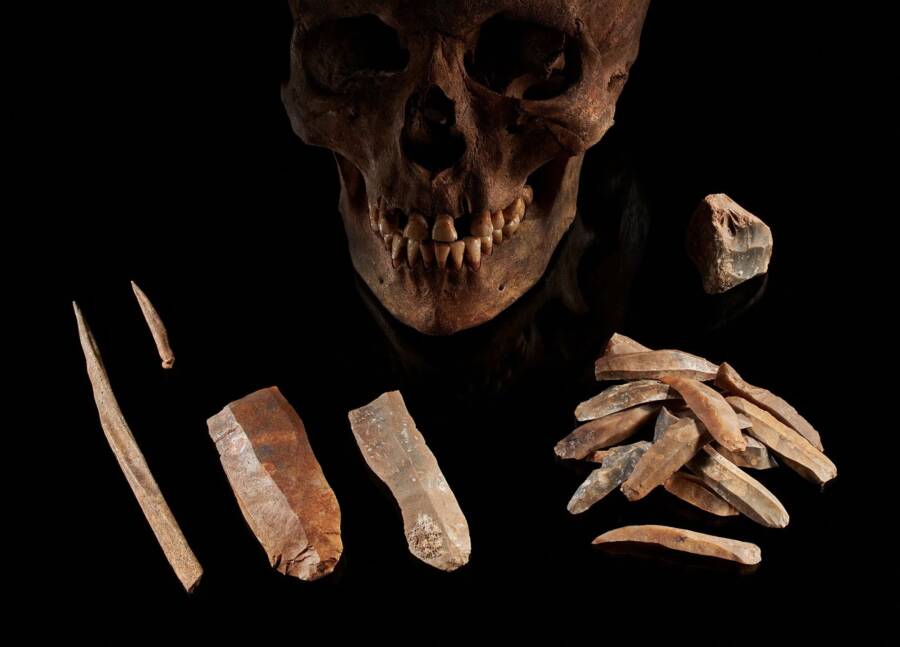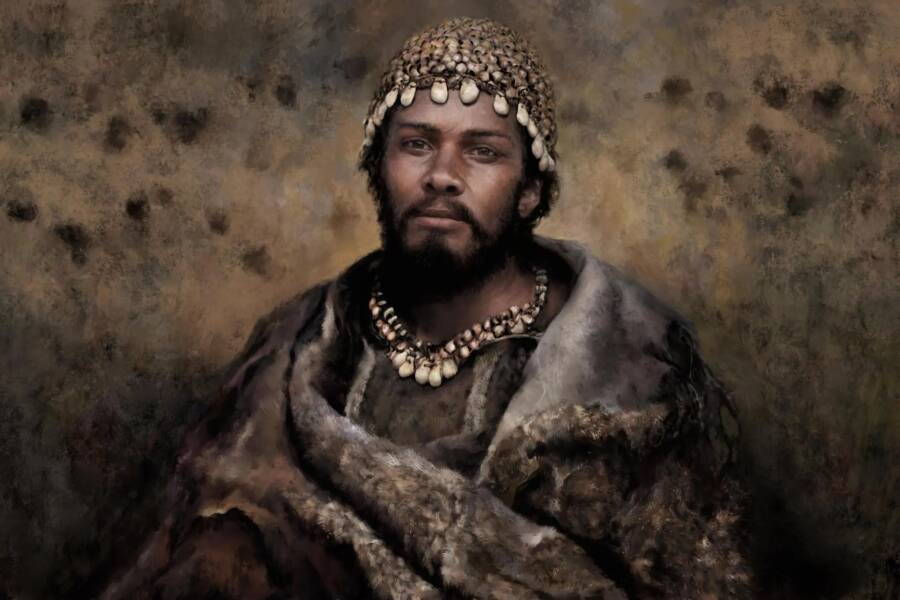Until recently, much about the earliest humans to populate Europe remained unknown. Because few human fossils from those cultures remain, archaeologists have primarily had to reference early humans’ artifacts to try and understand our Ice Age ancestors.
Still, artifacts alone could not paint a clear image of how these ancient cultures were related or how they migrated.

All of that is changing now, thanks to a pair of studies, published in the journal Nature, examining the largest known database of prehistoric European hunter-gatherer genomes. In total, researchers analyzed the genomes of 357 ancient Europeans who lived between 35,000 and 5,000 years ago — including new data from 116 individuals.
Using this data, they were able to identify at least eight populations of ancient hunter-gatherers who migrated into Europe and coexisted for thousands of years. Some of these groups managed to survive the Ice Age, others did not.
“We are finally understanding the dynamics of European hunter-gatherers,” Vanessa Villalba-Mouco, a paleogeneticist at the Max Planck Institute for Evolutionary Anthropology in Leipzig, Germany, and an author of both studies, told The New York Times.
Prior to the emergence of DNA analysis, researchers identified ancient humans by the things they made — certain tools or art, for example. This is how Europe’s oldest modern human culture, the Aurignacians, earned its name, from the figurative cave paintings and sculptures it produced.
Then, around 33,000 years ago, Europe’s climate cooled and a new human culture known as the Gravettian spread across the continent. These were the ancient humans known for hunting woolly mammoths with spears and crafting Venus figurines.
But as scientists analyzed Gravettian DNA from across Europe, they came to the startling realization that they were looking at two distinct genetic populations. The first population, named the Fournol, came from France and Spain; the other, the Vestonice, came from Italy, the Czech Republic, and Germany.
They observed that the Fournol people shared a genetic link with 35,000-year-old Aurignacian remains found in Belgium, and that the Vestonice people likewise shared a link with 34,000-year-old populations in Russia.
And though these groups were genetically distinct, there is evidence that they interacted and shared tools and culture with one another. In fact, 30,000-year-old remains discovered in Belgium show a mix of Fournol and Vestonice ancestry.

Volker MinkusA 7,000-year-old human skull and tools found in Germany, from an individual whose population lived alongside Europe’s first farmers.
These early Europeans, however, don’t have much, if any, of a genetic link to the younger hunter-gatherers who eventually split into the ancestors of living Europeans and Asians.
Until now, the general understanding of human migration suggested that modern humans arose in Africa and began to expand across other continents around 60,000 years ago. We can see the disappearance of Neanderthals about 40,000 years ago, with many believing they had been unable to compete with Homo sapiens’ superior tools.
But this new research suggests that story might not be entirely accurate. Modern humans may not have simply arrived in Europe, dominated and outcompeted Neanderthals, and continued onward. In fact, it seems as if the first modern humans in Europe, whose DNA dates back 45,000 years, disappeared along with the Neanderthals.
“It’s actually quite interesting that the very first modern humans also had a very hard time to actually survive,” said Cosimo Posth, a paleogeneticist at the University of Tübingen in Germany and an author on both studies.
When the Ice Age began around 26,000 years ago, these early human populations faced a massive threat — and as a result, they could not survive on much of the European continent. This is where we start to see other major splits in human populations.
“Right after the Last Glacial Maximum, the genetic makeup of the human groups living in the Italian peninsula changed dramatically,” Ludovic Orlando, a molecular archaeologist who wrote a perspective on the new study, told Live Science.
In southern regions, such as the Iberian Peninsula (modern-day Spain and Portugal), the Fournol found refuge from the massive ice walls that dominated the rest of Europe. DNA analysis of a 23,000-year-old human found in a Spanish cave shows that he belonged to the Fournal people residing there before the Ice Age.
As the Ice Age came to an end and much of the ice began melting away, some Fournol descendents left the Iberian Peninsula and spread out, while others remained. Posth and his colleagues referred to this northbound population as the GoyetQ2.
There is no evidence, however, to suggest that the Vestonice survived the Ice Age. While they may have survived for a time in Italy, there is no Vestonice ancestry found in any Europeans after the Ice Age. Rather, a new population known as the Villabruna expanded into Europe from the Balkans and effectively replaced the Vestonice.

Tom BjoerklundAn artist’s depiction of a Vestonice hunter-gatherer.
For a time, the GoyetQ2 and the Villabruna were kept at a distance, in large part because of the Alps. Then, around 14,000 years ago, the Villabruna crossed the Alps and came into contact with the GoyetQ2 — and from this meeting, a new population emerged, known as the Oberkassel.
The Oberkassel then expanded across Europe and replaced the GoyetQ2. Posth noted that this coincided with another major climate shift around 14,000 years ago that saw the continent warm and produce bountiful forests. It’s possible that the Oberkassel were better suited to hunting in these forests, which could explain why they replaced the GoyetQ2.
From the east, another group emerged, the Sidelkino, whose descendents lived in Ukraine and surrounding regions. The Oberkassel and the Sidelkino encountered one another, but the Iberians remained largely separate from other human groups. The Villabruna, meanwhile, ventured north and merged with the population of northern Spain, rather than replacing them.
Then, the first farmers arrived in Europe from modern-day Turkey around 8,000 years ago. Researchers found that the remaining populations of hunter-gatherers began mixing as they were introduced to agriculture, and were eventually absorbed into the agricultural communities that began dominating Europe.
This new research “considerably extends our knowledge of ancient genome human variation in the deep past of Europe,” Orlando said. “It unveils important changes in the genetic makeup of some regions following major climate changes.